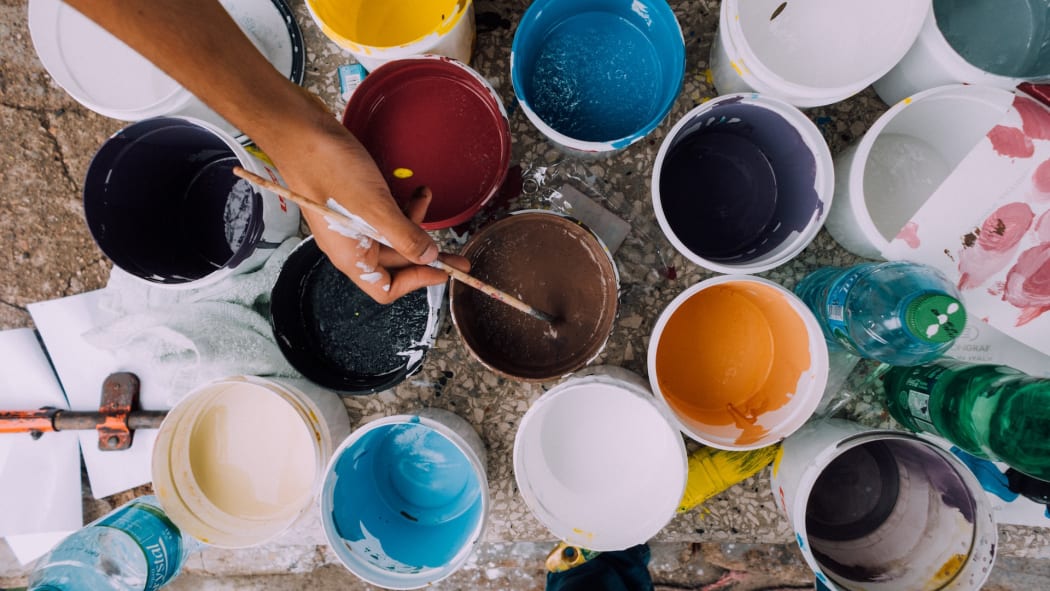
In the study, the research subjects looked at different kinds of artworks and described the feelings that the art produced in their bodies.
The researchers recorded the subjects’ eye movement whilst they viewed the art. In addition, the subjects described what kind of emotions they felt when looking at each piece of art.
“Viewing the art evoked many different kinds of feelings and emotions in people,” said Professor Lauri Nummenmaa from the Turku PET Centre at the University of Turku, Finland.
“Even though many of the pieces handled sad or scary topics, the emotions that the people experienced were mainly positive. The bodily sensations evoked by art also contributed to the emotions: the stronger the body’s reaction was to the artwork, the stronger were the emotions experienced by the subject,” he said.
Altogether 1,186 people from different countries participated in the study and they assessed the emotions felt while engaging with over 300 artworks. The research was conducted with online surveys and eye movement recordings in the laboratory.
Viewing visual art pieces evoked a wide range of emotional experiences that formed five broad clusters: aesthetic dimensions, positive emotions, negative emotions, touching feelings, and feelings of surprise and effort.
Empathy, anger, fear, and elegance evoked experiences almost everywhere in the body, whereas liking, beauty, amazement and effort elicited sensations mainly in the head area.
The Finnish authors of the study published in the journal Cognition & Emotion also revealed that it was the human face and figure that got the most attention.
MORE EMOTIONAL RESEARCH: If Anyone Needs to Stay Positive, Just Validate Their Feelings—Study Says
“In the artworks, human figures were the most interesting subject and were looked at the most. People have a tendency to empathise with each other’s emotions and this is probably also the case when we view human figures in art,” said team member Riitta Hari from Aalto University. “The human emotions presented in art pieces can be absorbed by the viewer unnoticed, through so-called mirroring.”
Dr. Nummenmma suggests that this research could be useful in mental health therapies.
All at Andipa would like to express our interest in such an important topic as art and good mental health. We look forward to seeing how the study develops and what further research will reveal. For more infromation on any of our original Banksy artworks for sale or any other artists avaialble, contact our gallery via sales@andipa.com or call +44 (0)20 7581 1244